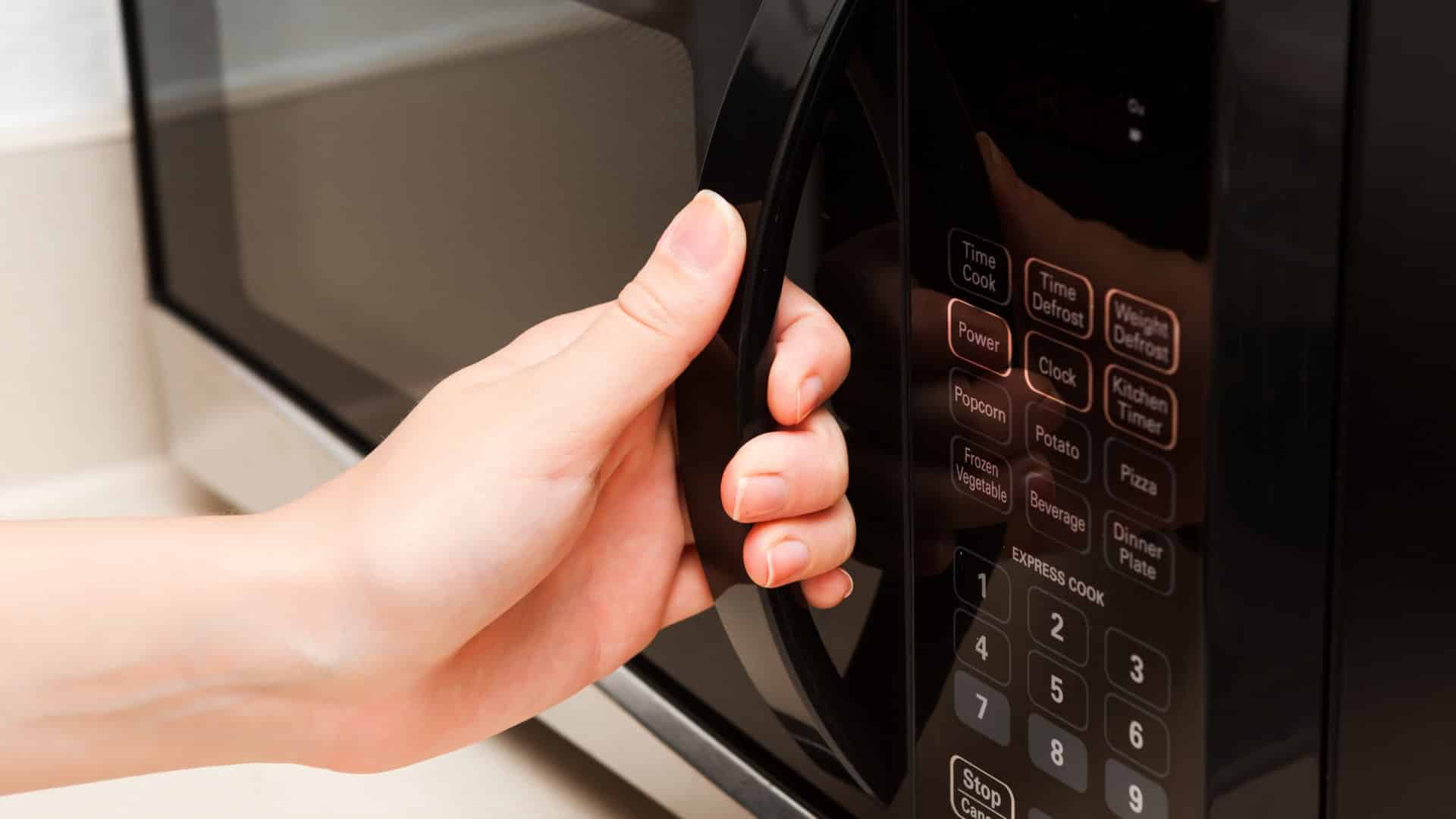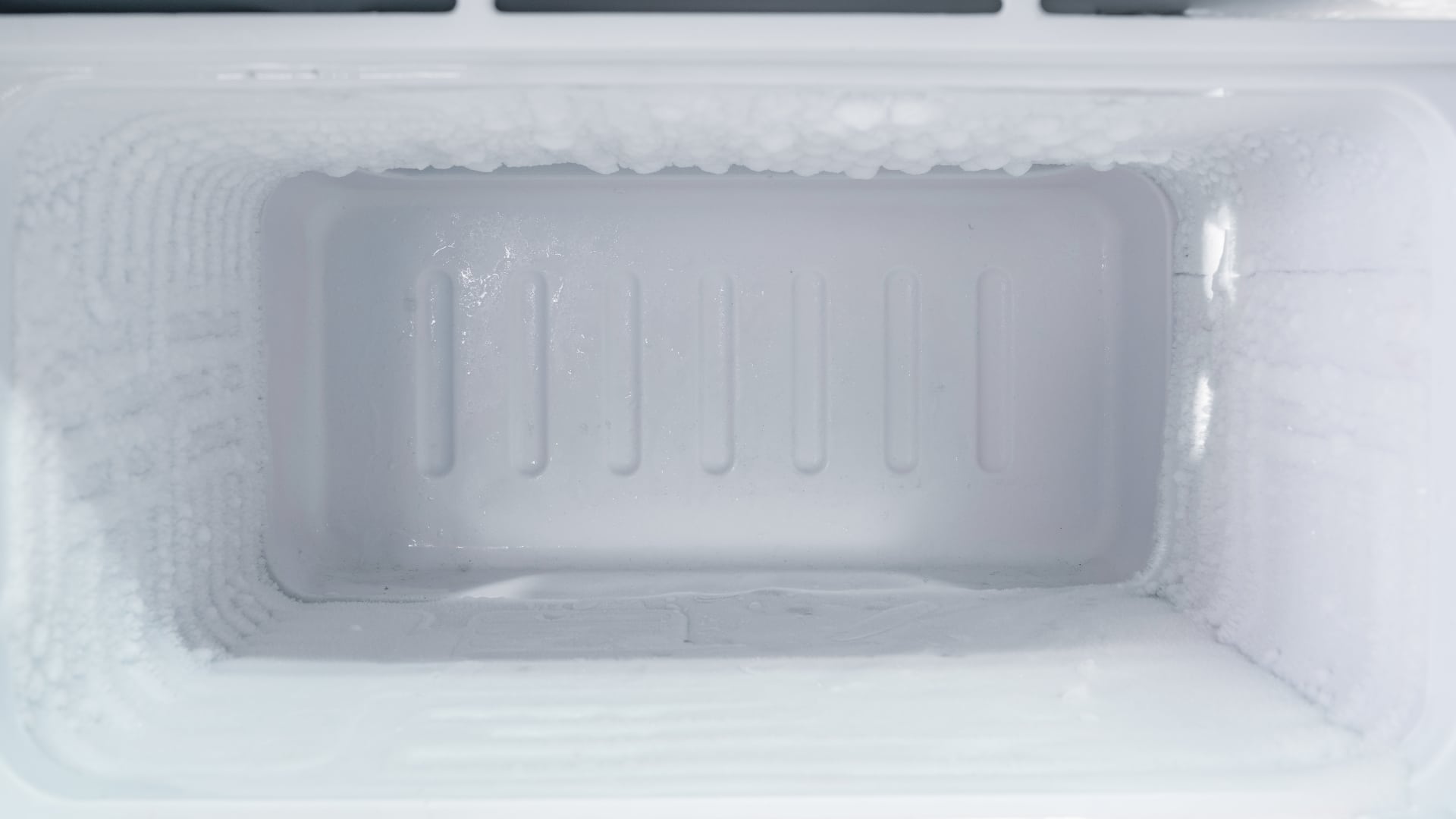
Freezing food is a great storage method to make sure it lasts longer without going bad. But frost buildup in your freezer can become increasingly annoying as time goes by.
On top of containing excess moisture, taking up precious space in your freezer, and making it difficult to locate items, frost buildup can lead to inefficient energy usage—costing you extra money each month on your utility bills. To help out any experienced home chefs who struggle with this issue or those just beginning their journey into the world of kitchen appliances, here’s a comprehensive guide about how to tackle frost buildup from inside your freezer quickly and efficiently.
Overview of frost buildup in a freezer
If you’ve ever opened up your freezer to find a thick layer of ice coating everything, you’re not alone. Frost buildup is a common problem for many people, but it’s not just an annoyance—it can also be harmful to your freezer.
Ice accumulating on the walls can reduce airflow and make your freezer work harder to maintain its temperature. This not only wastes energy, but it can also cause your freezer to break down sooner than it should.
Fortunately, there are a few simple things you can do to prevent frost buildup and keep your freezer running smoothly. Follow these tips to make sure that your freezer is always in top shape and ready to keep your food frozen and fresh.
The causes of frost buildup
Frost buildup in your freezer can be a real headache, causing your food to become freezer-burned and your appliance to run less efficiently. Fortunately, identifying the root cause of the frost can help you keep it from happening in the first place.
The most common causes of frost buildup are a faulty door seal, improperly stored food, and infrequent defrosting. Checking your door seal regularly for any cracks or tears and storing your food in airtight containers can go a long way in preventing frost buildup.
And don’t forget to defrost your freezer every few months. With these factors in mind, you’ll be able to keep frost at bay and enjoy a perfectly functioning freezer.
How to minimize frost buildup in your freezer in the future
Frost buildup in your freezer can be frustrating, not to mention wasteful. But don’t worry—there are some very simple ways to minimize a recurrence of frost in the future.
First, make sure that all food is properly wrapped or stored in airtight containers and cooled before it is stored. This will prevent moisture from escaping and settling in the freezer.
Next, keep your freezer organized and make sure that air can circulate around each item. Finally, try to avoid opening the freezer door frequently or leaving it open for extended periods of time. If you follow these tips, your freezer will stay frost-free and your food will remain fresh for longer.
How to remove frost from the freezer
Freezers are a lifesaver when it comes to keeping our food fresh and delicious, but they need some TLC too! If you’ve noticed frost building up in your freezer, don’t worry. It’s a common issue that can easily be fixed with a few simple steps:
1. Unplug the freezer and turn it off
This is an important step in keeping your freezer running efficiently and making sure your food stays fresh. Before you get started, be sure to unplug the freezer and turn it off. This will help the ice melt and keep the freezer from trying to cool everything during the process. Once the freezer is off, you can start removing the items from the freezer.
2. Removing food and shelves from freezer
When it comes to removing food and shelves from your freezer, it’s important to do it properly to avoid any potential messes or mishaps. First, start by removing any food items and organizing them into groups, such as meats, vegetables, and desserts. Check for any expired or freezer-burned items and discard them.
Place the items you want to keep cool into a second refrigerator or a cooler to keep them cold. Next, take out the shelves and drawers and wash them thoroughly with warm, soapy water to remove any built-up frost and odors. Let them air dry while you move on to the next step.
3. Defrost the freezer
Allow the freezer defrost naturally for a few hours, leaving the doors open to let the freezer come up to room temperature, or speed up the process by placing bowls of hot water inside. Be sure to place some towels on the bottom of the freezer and at the base of the freezer to catch any melting water or spillage. Change the towels every few hours.
Once the ice has melted, use a sponge or towel to wipe down the inside of the freezer and dispose of any excess water. Use this chance to deep clean the freezer, getting all the nooks and crannies. Be sure to clean the evaporator coils in the back of the freezer.
Give everything a quick wipe down with a towel, ensuring the freezer is as dry as possible. This will help prevent more frost from forming in the future.
4. Replace all the food in the freezer
Now that your freezer is frost-free, you can put it all back together. Replace the shelves (make sure they are fully dry first). Then, begin placing the food back into the freezer, grouping similar items together, and utilizing freezer-friendly storage containers to help keep things organized.
Remember to keep an eye on expiration dates and try to use older items first. Keeping your freezer organized will help minimize the time you spend looking for items, help keep the door open for less time, and keep your freezer free of frost.
Troubleshooting tips for freezer frost
If your freezer is still caked in frost, check to make sure the freezer door is sealing properly, as any gaps can let in warm, moist air, which causes frost to build up. If that’s not the issue, try defrosting the freezer completely and ensuring it is level— any tilting can cause water to pool and refreeze.
If you’re still having trouble, make sure the vents inside the freezer aren’t blocked with food or ice, and consider checking the thermostat to see if it needs adjusting. By following these troubleshooting tips, you can get your freezer back to its frost-free shape in no time.
Final thoughts
Consistently maintaining and cleaning your freezer is essential to keep your food fresh, reduce frost buildup, and extend the life of your appliance. It can also help you save some money in the long run.
Hopefully, this article has helped you gain a better understanding of what frost buildup is, how it forms and can be prevented, as well as how to remove it as quickly as possible. Taking these steps to minimize the risk of frost buildup will ensure that you can enjoy the convenience and great-tasting food from your freezer for many years to come.

How to Clear E24 Error on Bosch Dishwasher

Samsung Dryer Not Heating Properly? (5 Fixes)

Why Is Your Mini Fridge Not Cooling? (5 Potential Reasons)
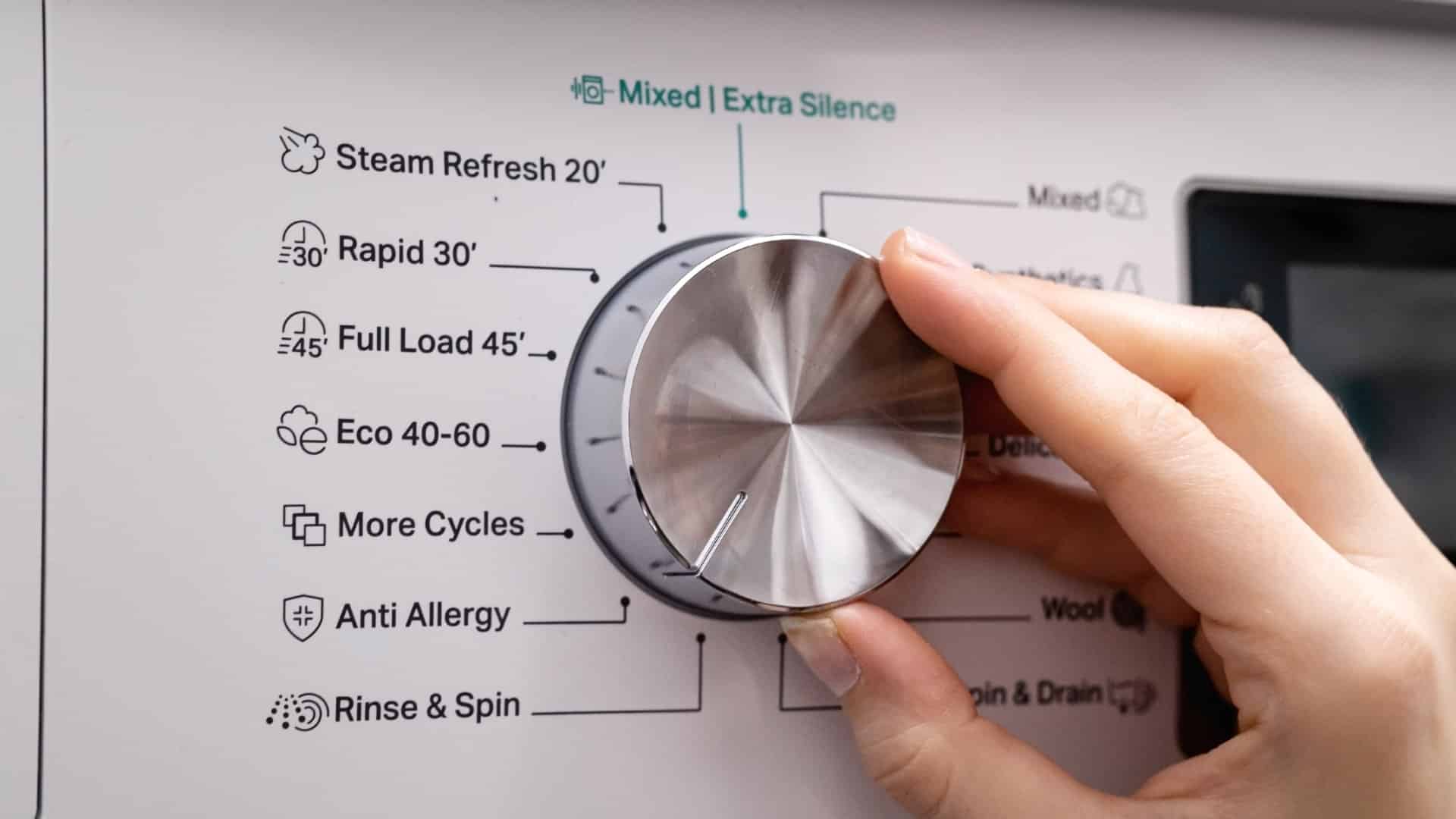
How to Fix Samsung Washer Error Code 4C
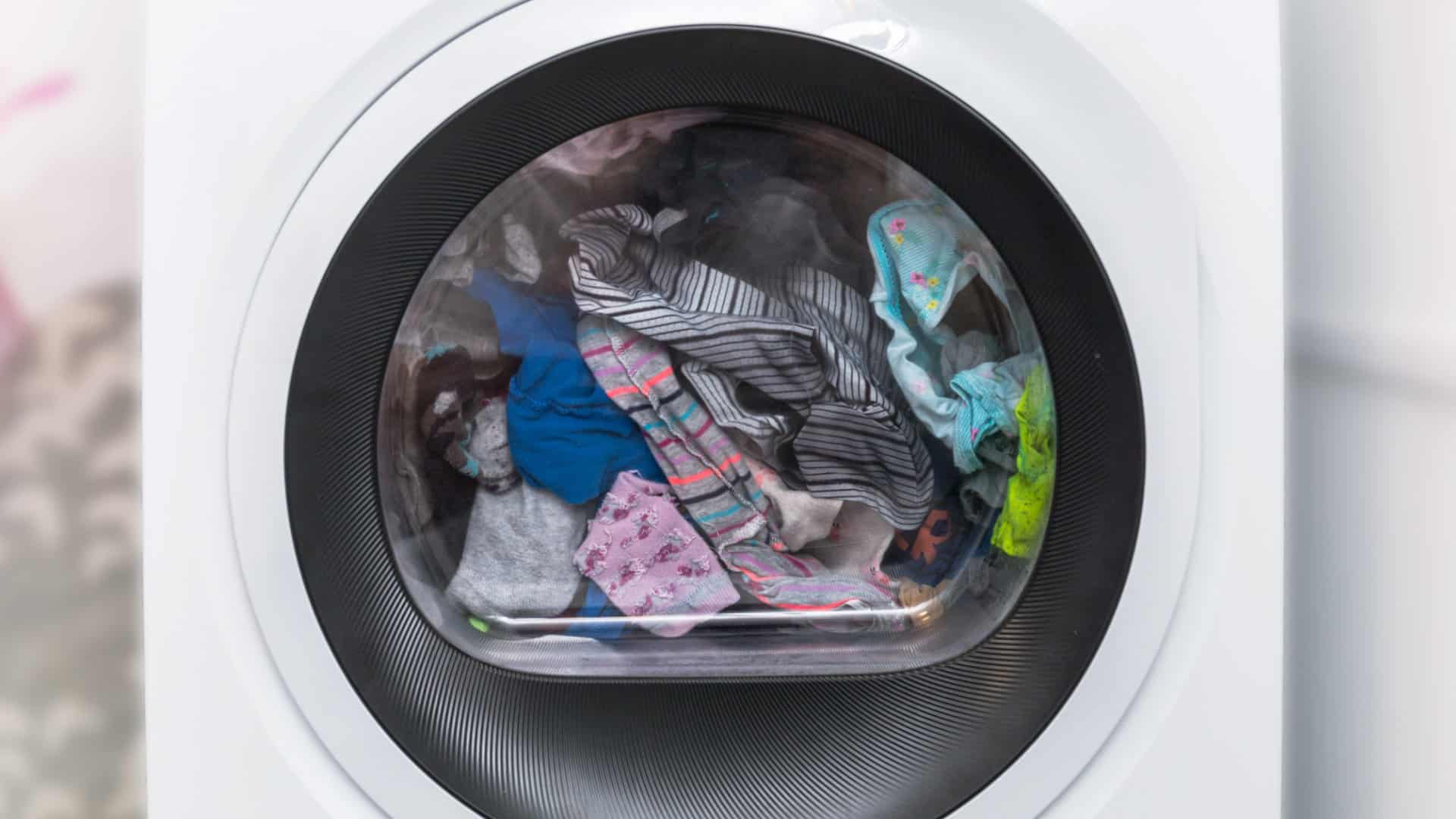
How to Resolve UE Error Code on your LG Washer
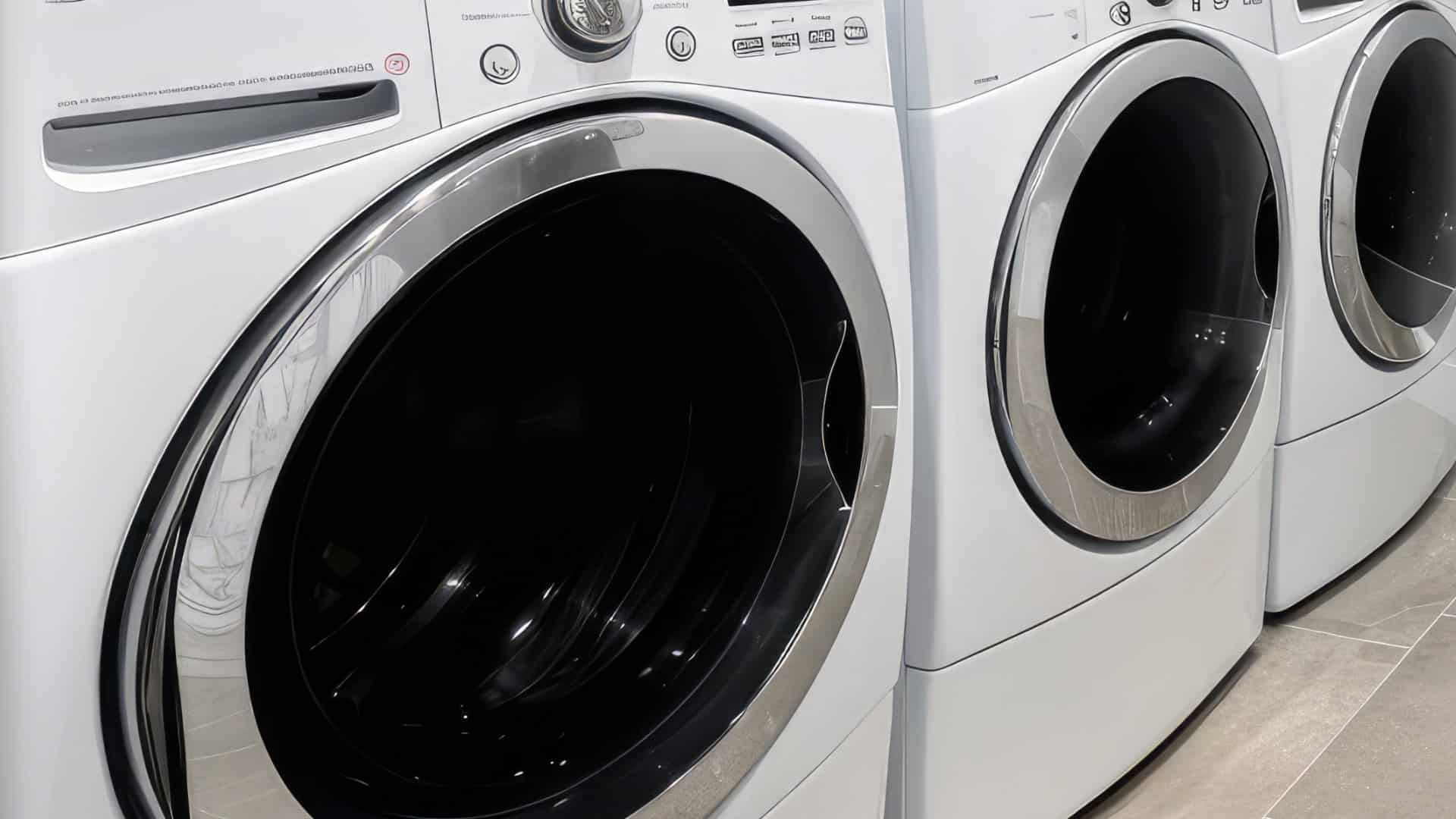
LG Washing Machine Error Codes: How to Fix Them

How to Unlock LG Oven Door (After Self-Cleaning)
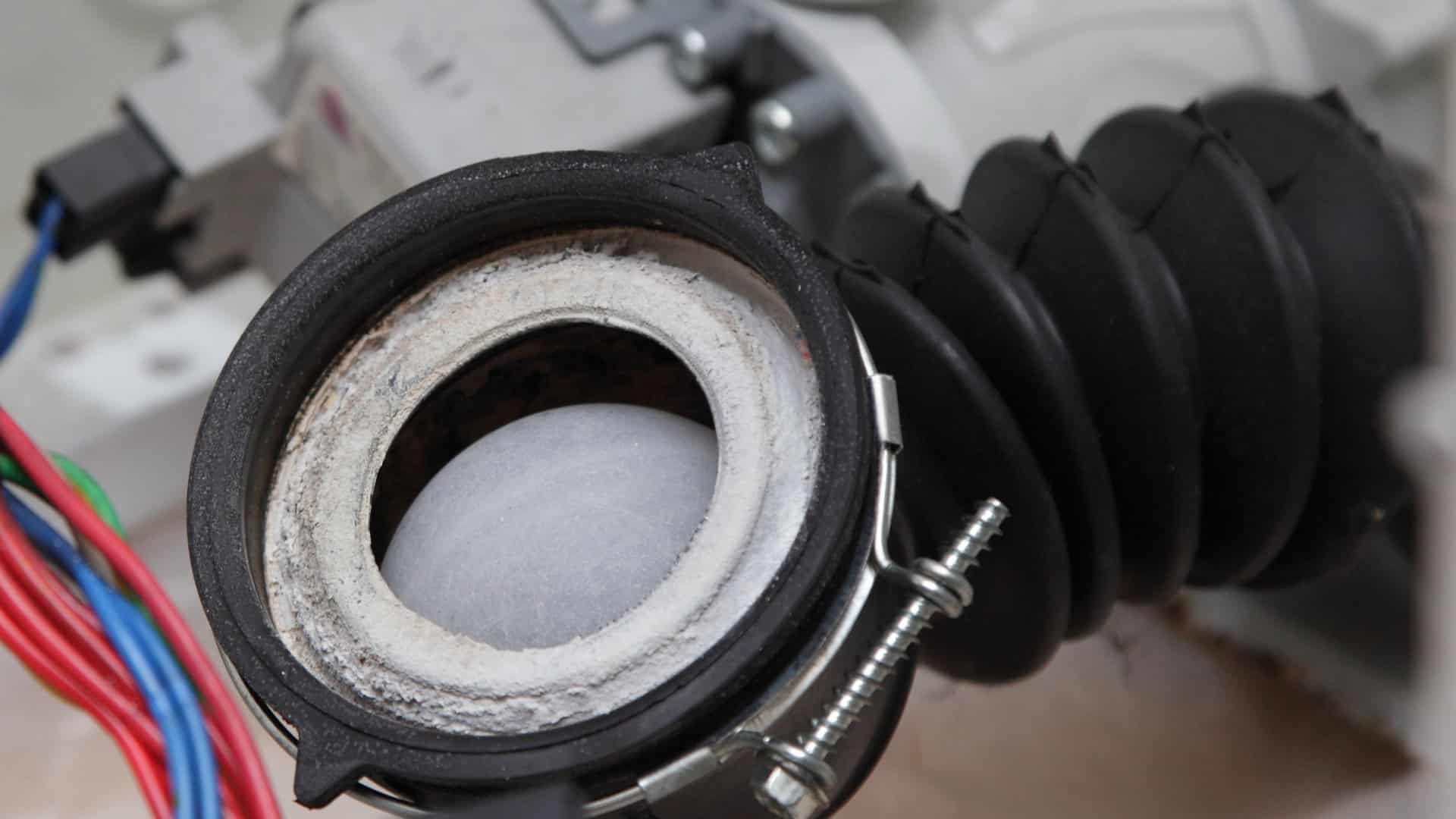
How to Fix LG Washer DE Error Code

Why Your Microwave Is Not Working
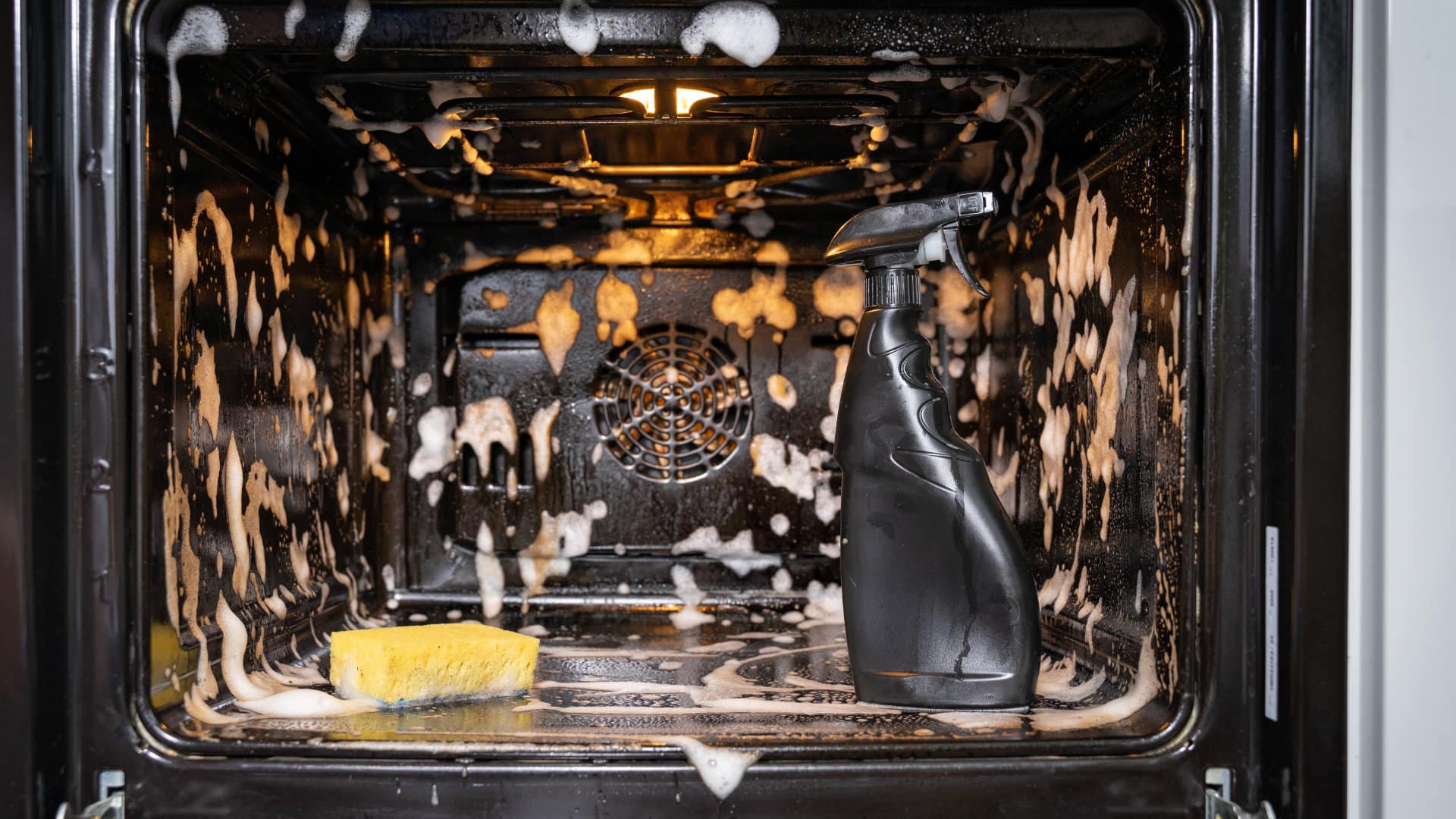
The Quick Guide To Using a GE Self-Cleaning Oven

How to Clean Your Dishwasher with Vinegar

How to Fix a Noisy Refrigerator

How to Remove Frost Build-up from the Freezer

5 Ways To Clean Your Microwave Naturally
